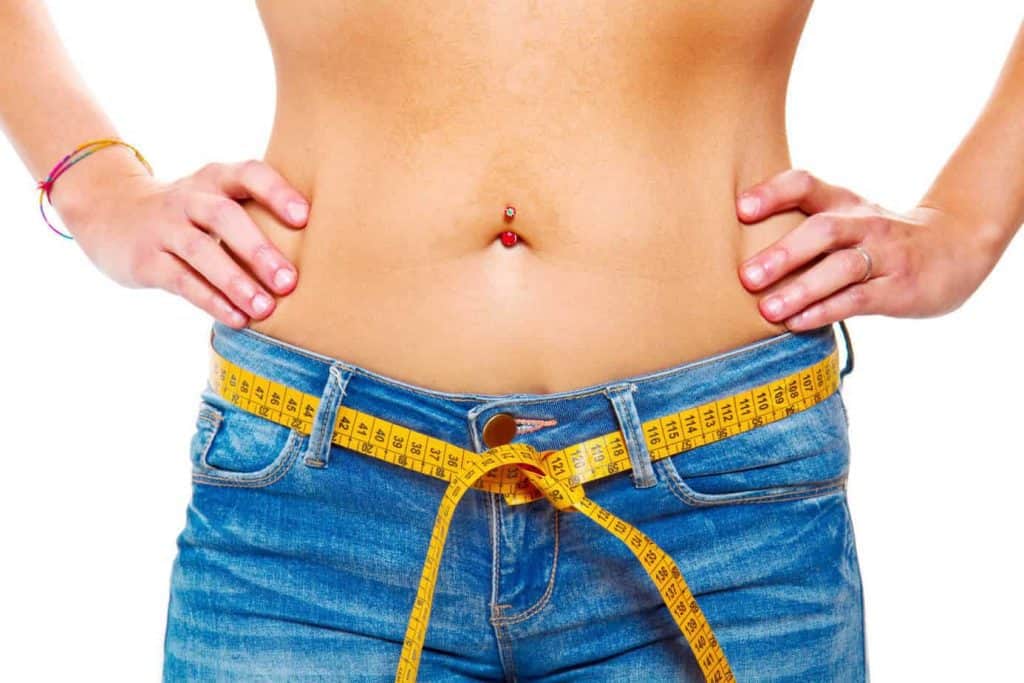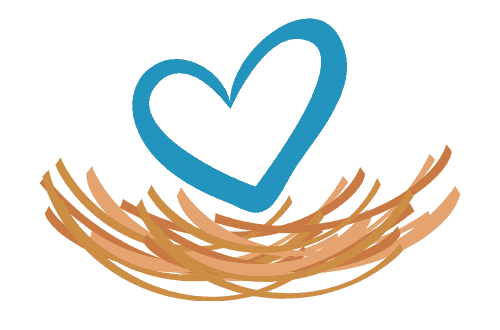The Keto diet! It’s everywhere. You can’t go anywhere without running into someone who is “doing keto”.
I went to my high school reunion this summer and ran into no less than four people who were raving about the results they’ve had since “going keto”. What the heck is this keto thing anyway?
- What is this Keto Thing?
- The Ketogenic Diet
- What are Ketones?
- Benefits of Keto
- How to Do Keto
- Keto Diet Foods
- Keto Foods to Avoid
- What's A keto macro?
- Net Carbs, or why Fiber is Your Friend on the Keto Diet
- How to Get into Ketosis Fast
- How Do You Know You're in Ketosis?
- Keto Side Effects – The Keto Flu
- Is Keto Right for You?
What is this Keto Thing?
Keto is definitely the hottest thing around the health and fitness world right now. So you’re not ostracized by your keto friends, keto is pronounced “key-toe”.
Your friends may tell you keto got rid of their acne, helped them build muscle, fixed all their health problems, created world peace, etc. Well, maybe not created world peace, but there are some keto evangelists out there who would argue that fact….
Detractors will say that keto is uber-restrictive, hard to make part of your long-term lifestyle and just plain tough for the average dieter.
So who do you believe?

The Ketogenic Diet
A keto or ketogenic diet is basically a very low-carb diet, which forces the body to burn fat. Not only do you limit your carbohydrates on the keto diet, but you replace them with fats in order to move your metabolism to a state called “ketosis”.
When you’re in ketosis, your body is burning fat for fuel instead of carbs.
Normally, your body uses the carbs you eat, which are converted to glucose or sugar to use as fuel for all your daily activities, exercises, etc.
For ketosis to happen, your body has to have a lack of glucose to turn to for energy. So it turns to your fat stores to power your body.
But….this means that when you’re “going keto”, you have to get rid of your carbs.
So basically, when you’re doing keto, you’re turning your body into a fat burning machine, instead of a sugar (or glucose) burning machine.

What are Ketones?
Ketones are produced naturally by the body when your liver breaks down fats to use as energy. This is exactly what happens when you go on a keto diet – you strictly limit carbs to force your body to burn fat, producing ketones. Thus, the name “Ketogenic”.
The state that your body gets in when its producing ketones is called ketosis. The whole objective of a Ketogenic diet is to get your body into and keep your body in a ketosis state.
Your body naturally evolved to get into ketosis when food was scarce. If you’re starving, your body can depend on its own fat stores for a long time. While you need water every day, think about how long people can go without food and survive.
That’s all because the human body is designed to go into ketosis during times of famine. The Ketogenic diet takes advantage of the body’s ability to get into ketosis and burn stored fat when it’s lacking the glucose from carbohydrates.
Benefits of Keto
Weight Loss
Since your body uses its own fat stores as energy on a ketogenic diet, you will lose weight. This is the main reason people go on a keto diet. One study found that keto followers lost 2.2 times as much weight as a control group on a calorie-restricted low-fat diet.
Controlling Blood Sugar Levels
A keto diet is excellent for controlling blood sugar levels and can help reverse type 2 diabetes. If you’re at risk of developing pre-diabetes, it’s definitely a good choice.
When you’re eating keto, you’re staying away from carbohydrates, so your body won’t produce glucose. Because of this, the keto diet lowers blood sugar levels.
Many studies have been done which prove that following a keto diet can help diabetics stop or cut back on their medication.
Sharper Mental Focus
Because you have a low carb intake on a keto diet, you avoid big swings in blood sugar levels which can result in improved focus and improved ability to concentrate.
In addition, the ketones (see below) your body produces on a keto diet are a great fuel source for your brain.

More Energy
Because your body is burning its own fat for fuel, it has a steady, reliable and constant source of energy. No more energy spikes or crashes from eating a carb-laden diet.
Helps Epilepsy
Doctors have known about keto’s benefits for epileptic patients since the early 1900’s. It’s still a widely used form of therapy for children with uncontrolled epilepsy today.
Changing a patient’s diet to a ketogenic diet can help minimize the number of medications needed to control the disease.
Heart Health
The ketogenic diet has been proven to improve cholesterol and triglyceride levels. Interestingly, low-carb, high-fat diets like keto can result in an increase in HDL (the good cholesterol) and a decrease in LDL ( the bad cholesterol).
Since Keto can help you lose weight, it can also positively affect high blood pressure as your weight drops to more healthy levels.
Insulin Resistance
Research shows that the keto diet can help lower insulin levels to more healthy ranges. Since insulin resistance can lead to type 2 diabetes, lowering your levels is a huge benefit of going keto.
Acne Improvements
Many people claim to have cleared up their acne while on a keto diet, due to their lower insulin levels and eating less sugar and processed foods.
How to Do Keto
To do the keto diet, you simply have to get your body into a state of ketosis by minimizing your carbohydrates, eating a moderate amount of protein and eating the bulk of your diet in fats.

Keto Diet Foods
Success on a keto diet really relies on planning ahead because you’ll be eating differently than on most any other diet.
Basically, you can eat really low-carb foods like meat, fish, eggs, vegetables, and fats like butter or olive oil.
The more you restrict your carbohydrates, the faster you will enter ketosis and see results.
Protein You Can Eat on Keto
- Unprocessed meats
- Fatty fish like salmon and seafood
- Eggs any way
Fat You Can Eat on Keto
- Butter
- Olive Oil
- Coconut Oil
- High Fat Cheese
- Heavy Cream
- Nuts and seeds
Carbs You Can Eat on Keto
Choose your vegetables carefully because all vegetables are not created equal on a keto diet. To help you pick the best vegetables to eat on keto, scroll to the bottom to get your list of the top 30 veggies to eat while on the ketogenic diet.
- Green leafy vegetables – spinach, kale, bok choi, romaine lettuce, cabbage, collard greens,
- Other veggies that grow above ground – cauliflower, broccoli, avocado, zucchini, asparagus, brussels sprouts, cucumbers, green beans, celery

Keto Foods to Avoid
Avoid any foods that are high in carbs and high in sugar and starch.
- Fruit
- Potatoes
- Root Vegetables
- Legumes
- Grains
- Pasta
- Bread
- Rice
- Sugar, honey, maple syrup
- Beer
- Soda
- Juice
- Donuts, cake, candy, chocolate
- Sugar-free diet foods
What’s A keto macro?
Understanding what a macro is can help you get into ketosis faster and succeed on a ketogenic diet.
A macro is just a makeup of the main sources of calories in your diet, like the balance of protein, fat, and carbohydrates in your diet.
For the keto diet, try to shoot for this nutrient makeup:
70% fat + 25% protein + 5% carbohydrates
Net Carbs, or why Fiber is Your Friend on the Keto Diet
When you look at a nutrition label, you’ll see both the amounts of total carbohydrates AND fiber listed for a particular food.
Since the fiber in carbohydrates doesn’t affect your insulin levels on the keto diet, we can subtract them out of the total carbohydrates to come up with the “net carbs” in a food.
Net Carbohydrate grams = Total Carbohydrates grams – Fiber grams
When you start off doing keto, your daily net carbs should be 20g or less.
Yay for fiber!

How to Get into Ketosis Fast
- Look at your macros, plan your meals and limit your total net carbs to 20 grams or less.
- Keep your protein restricted.
- Eat fat, fat, and more fat.
- Drink a lot of water. Really, drink more water than you think you need.
- Try to avoid snacking
- Get enough sleep
- Try intermittent fasting to boost your results.
- Add some moderate exercise every day. Even an evening walk can speed your results.
How Do You Know You’re in Ketosis?
It takes 3-7 days for your body to use up all your stored glucose before it starts using fat as its main fuel. If you really want to get exact about being in ketosis, you can test your urine, blood or breath samples. Most people just use the markers below to tell if they are in ketosis:
- Dry mouth, increased thirst or a metallic taste in your mouth. Make sure you’re getting enough fluids and salt in your diet if this really bothers you.
- Increased urination because your body is getting rid of ketones in your urine.
- Bad Keto breath because your body is getting rid of ketones when you breathe.
- Reduced hunger. When your body becomes more efficient in using its fat stores, you may not feel as hungry.
- Increased energy, clear thinking.
- You feel great and your weight starts dropping
Keto Side Effects – The Keto Flu
You may experience some side effects as your body gets used to increased fat burning. These symptoms usually disappear in a week so they are nothing to worry about.
- Headache
- Fatigue
- Dizziness
- Nausea
- Brain Fog
- Irritability

You can reduce these symptoms early in your keto journey by making sure you are drinking enough water and have enough salt in your diet. Adding a cup of bouillon or salted broth twice a day can help you keep the side effects of the keto flu at bay.
Is Keto Right for You?
If you love carbs, potatoes, fruit, desserts, and beer, it may not be the best choice for a long-term eating plan. If this sounds like you, there are many other effective diets for women out there that may be more up your alley.
The keto diet may be the right choice for people who are overweight, diabetic or love eating meat and fat. If this describes you, you may end up being a keto evangelist. Looking for great keto friendly breakfast ideas? Check out this post High Protein Low Carb Breakfast Ideas.

